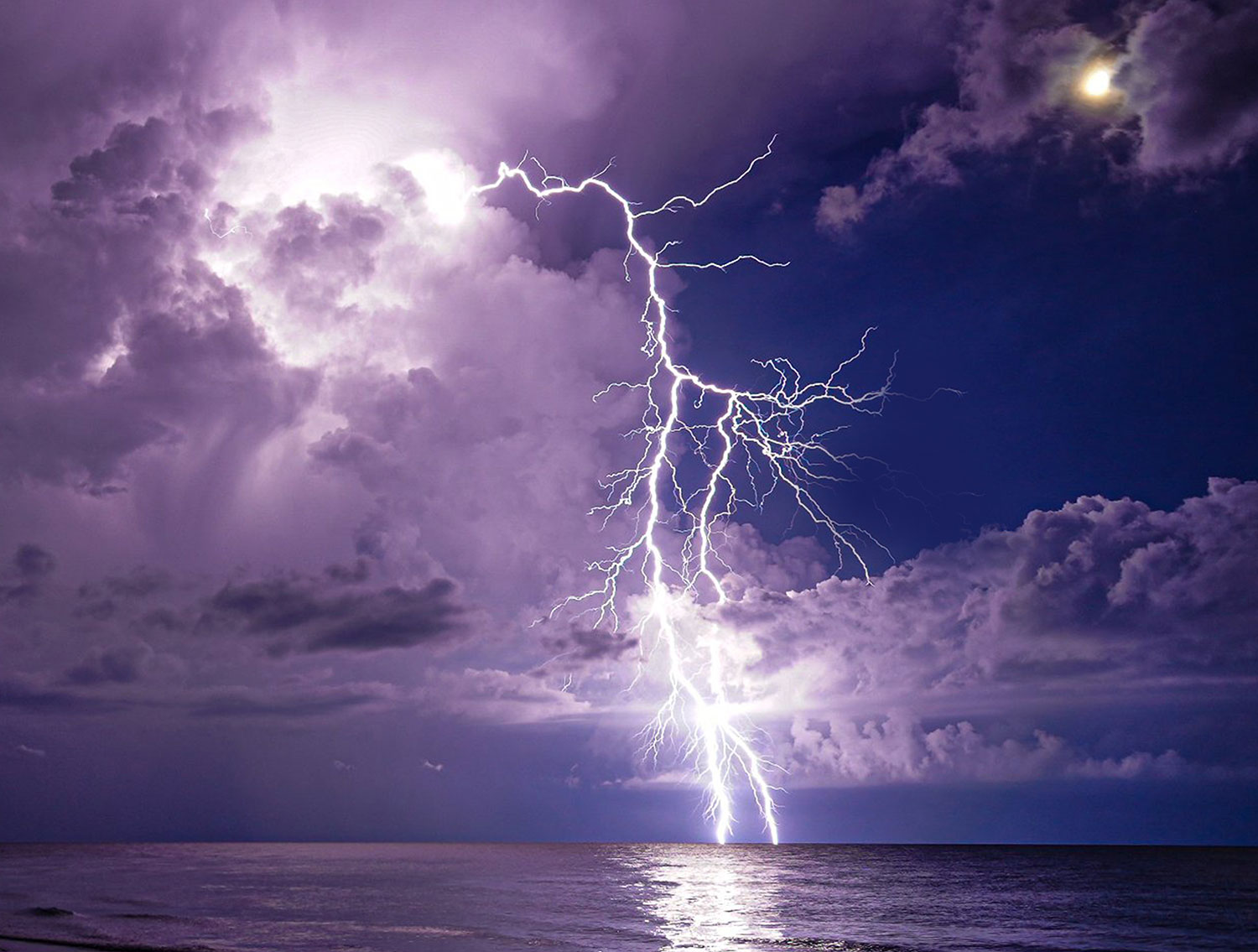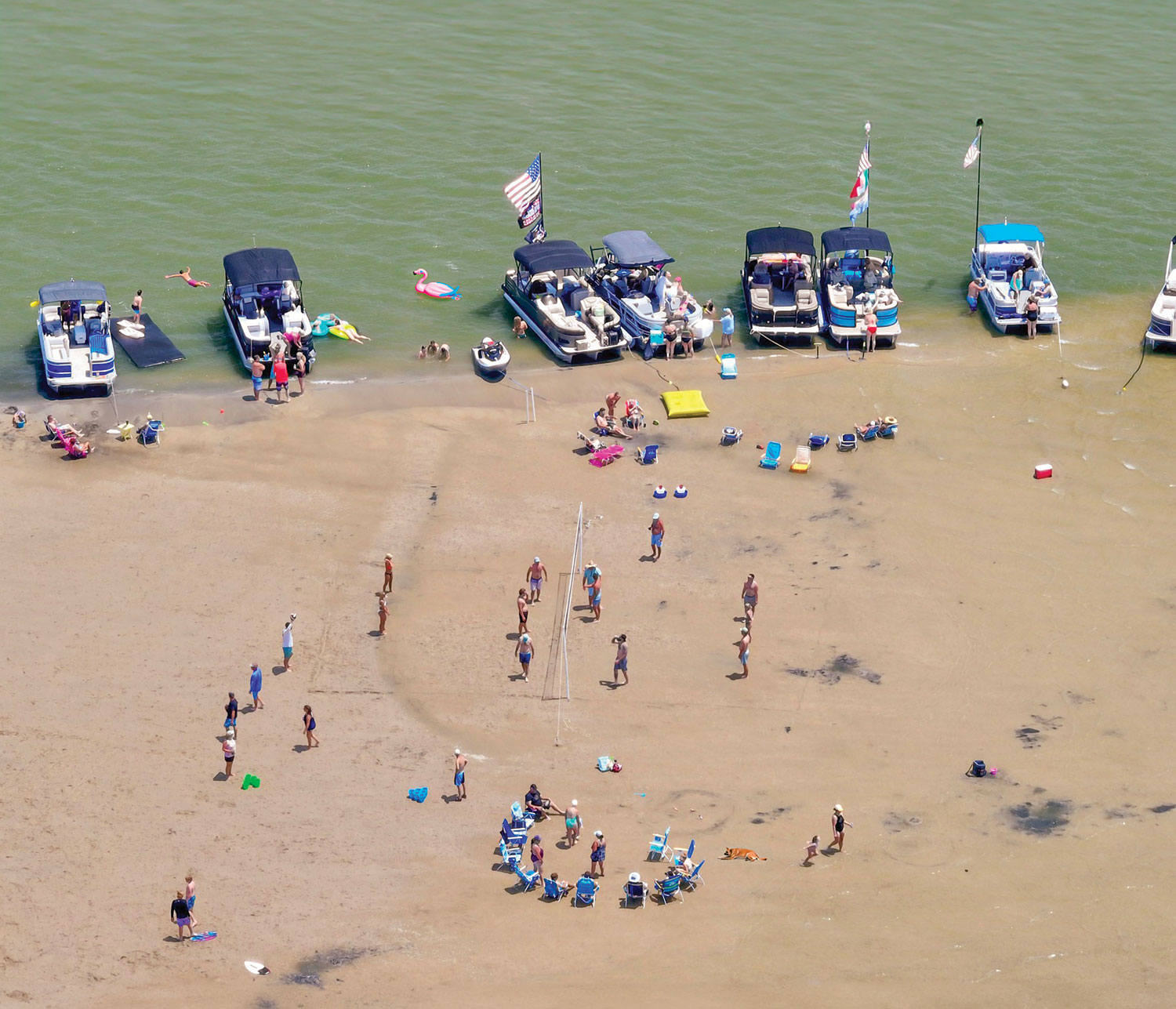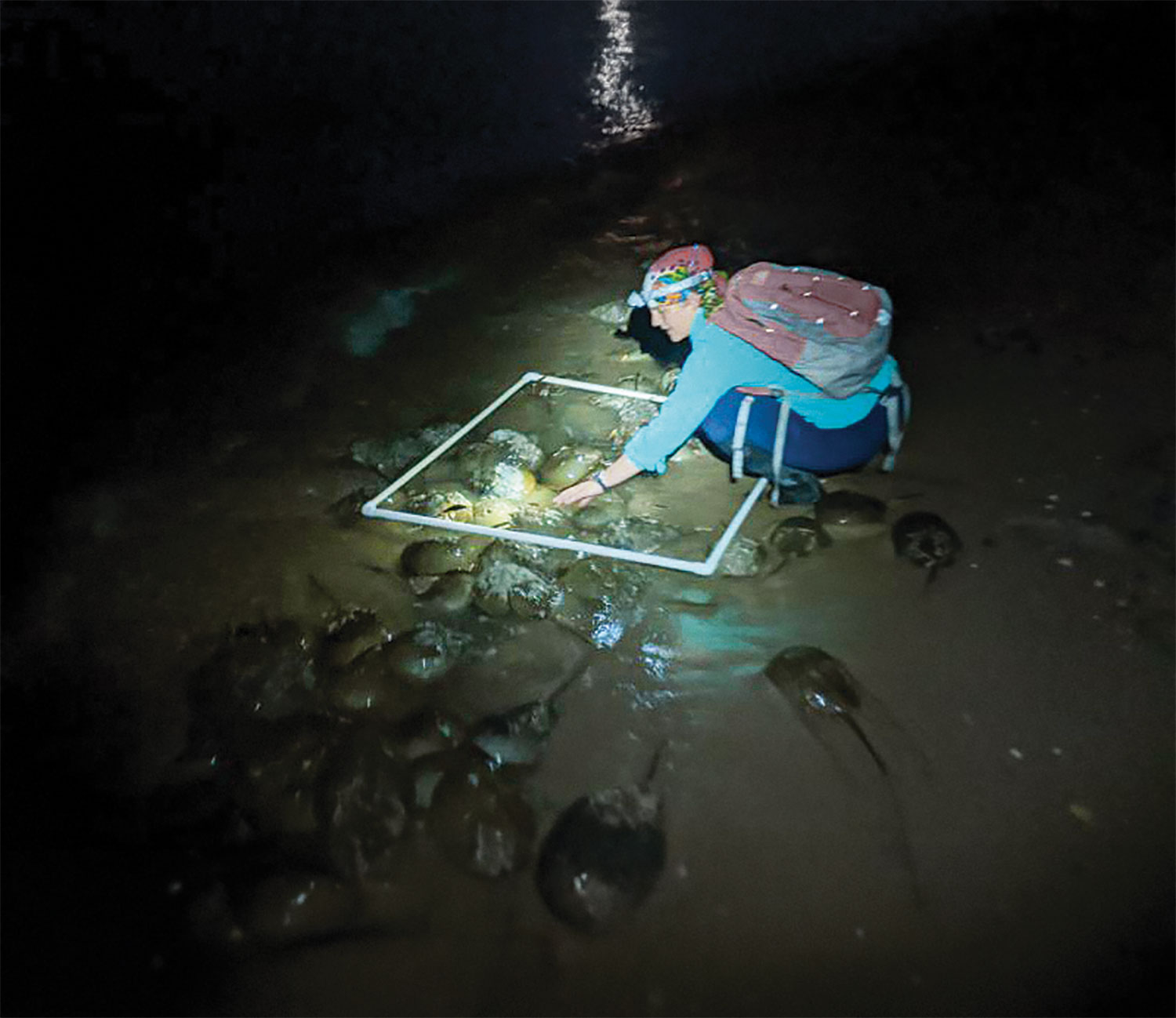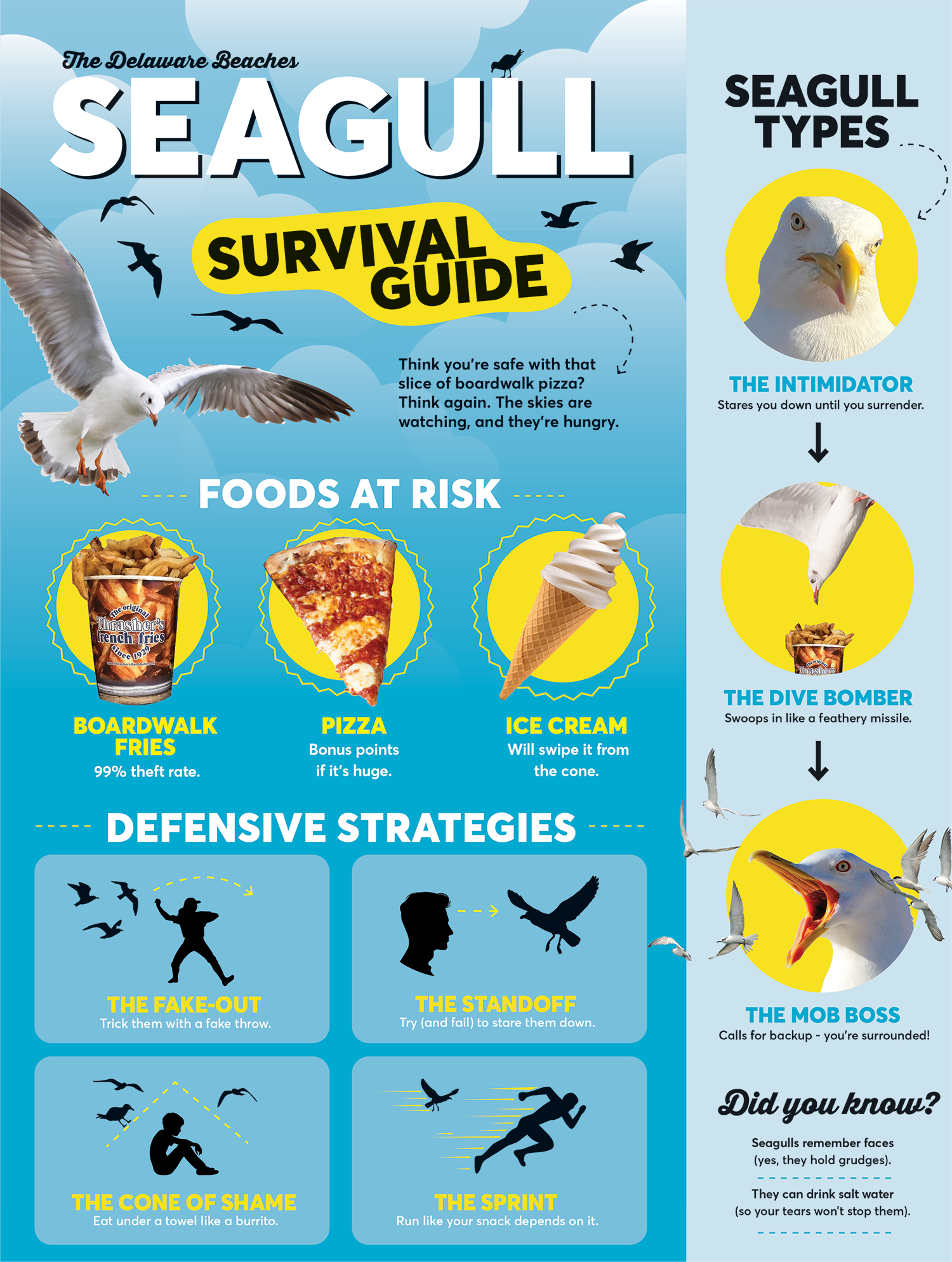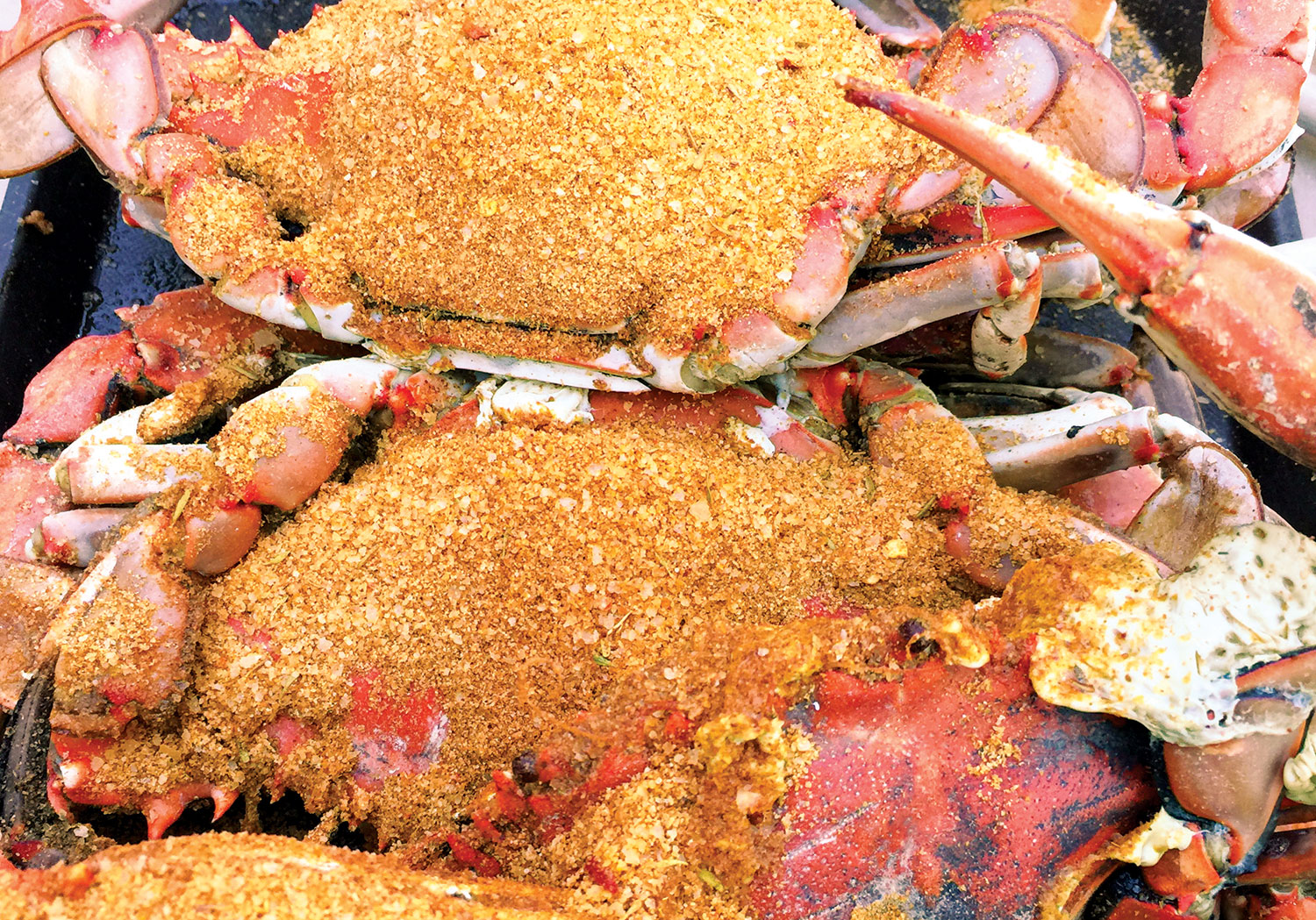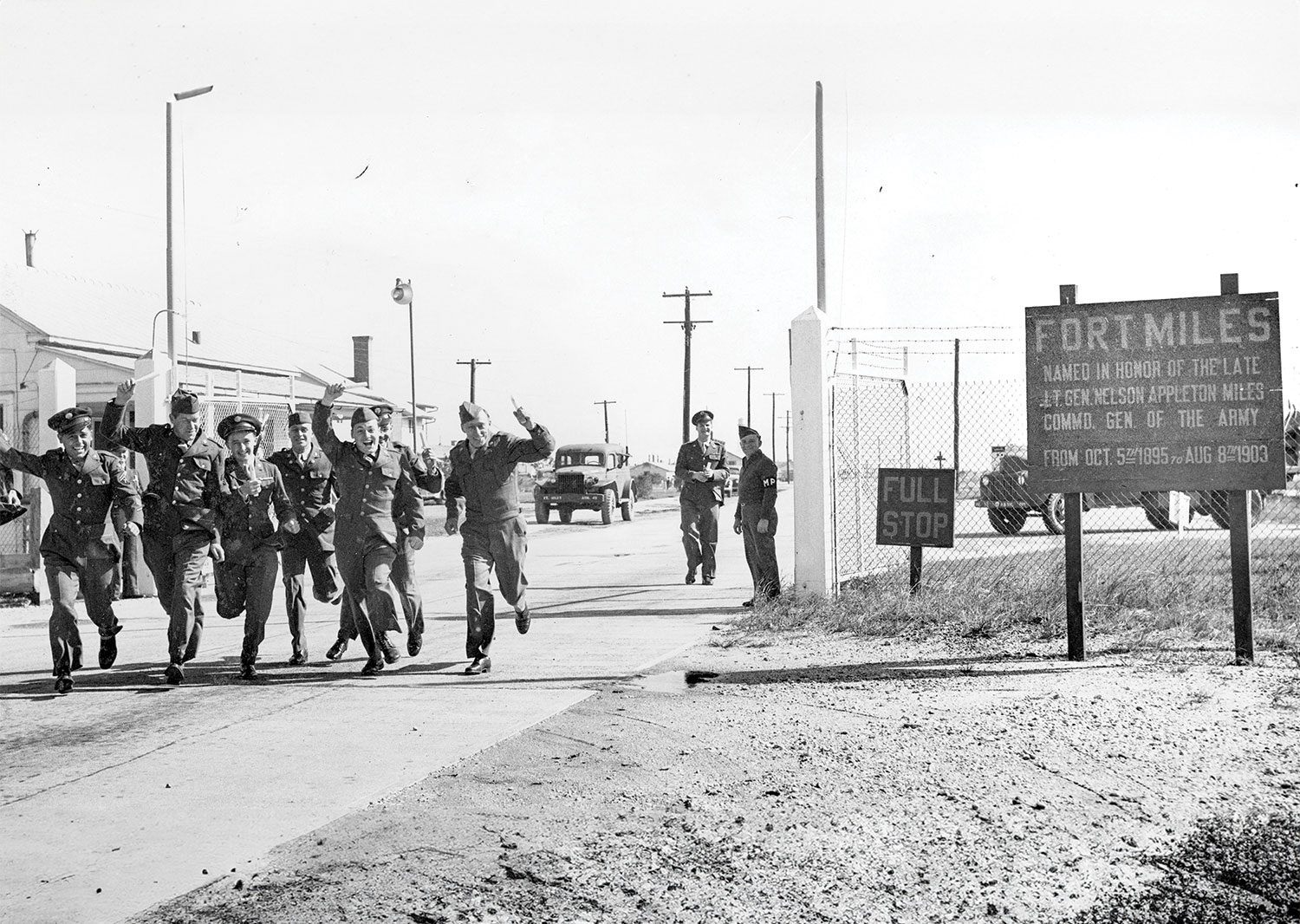The coast of Delaware is such a dynamic environment, and I am not talking about weekends at the Paradise Grill! I am talking about the natural processes that shape our coast and give rise to our beautiful and hard-working beach dunes.
Dunes are mounds of sand that form when winds accumulate sand against a barrier such as vegetation. Dunes are our first line of defense against storm surge and waves. They act as natural buffers that absorb and reduce wave energy, protecting our homes and infrastructure from the full effects of storms and erosion. They also play an important role in our coastal ecosystem. Dunes are home to native grasses with extensive root systems that anchor the dune. Additionally, they provide habitat for foxes, opossums, and insects, plus shorebirds and sea turtles that use the structures for nesting.
Our Delaware dunes are not static bodies of sand. They fluctuate in size and shape each year depending on tides, waves, storms, and wind. Coastal development has constrained the landward space that dunes and beaches need to migrate and reposition, disrupting the dynamic processes that protect us. Maintaining our beaches and dunes through periodic beach nourishment is considered an essential tool for community resilience to coastal hazards.
Do’s and Don’ts:
Don’t tread on the dunes – Foot traffic injures habitat and the dune’s vegetative root system. Use designated crossovers instead.
Don’t store property on the dunes – kayaks, paddleboards, umbrellas, and other equipment can crush brittle beach grass and interfere with sand movement.
Do pack up your trash and dispose of it properly – please keep the dunes clear of debris.
Don’t harass the wildlife – stay a safe distance from nests and wildlife.
Do volunteer to plant beach grass – many organizations sponsor plantings between October and April. To learn more visit: dnrec.delaware.gov
Fun Facts:
The Great Dune in Cape Henlopen State Park is the largest sand dune between Cape Cod, Massachusetts and Cape Hatteras, North Carolina.
The Great Dune provided residents with a view of the British bombardment of Lewes, Delaware during the War of 1812.
During World War II, Fort Miles used the Great Dune as both a screen and a vantage point to protect the coast from German attacks on key infrastructure, including the ports of Wilmington and Philadelphia.
Danielle is a certified climate change professional with Delaware Sea Grant (www.deseagrant.org). Delaware Sea Grant utilizes research, education, and extension work in support of resilient communities, economies, and coastal resources. Danielle provides technical assistance and outreach to communities on emergency preparedness and building resilience to weather and climate hazards. She is co-founder of the Resilient and Sustainable Communities League (RASCL – www.derascl.org) and loves hiking the Gordons Pond Trail in Cape Henlopen State Park.


